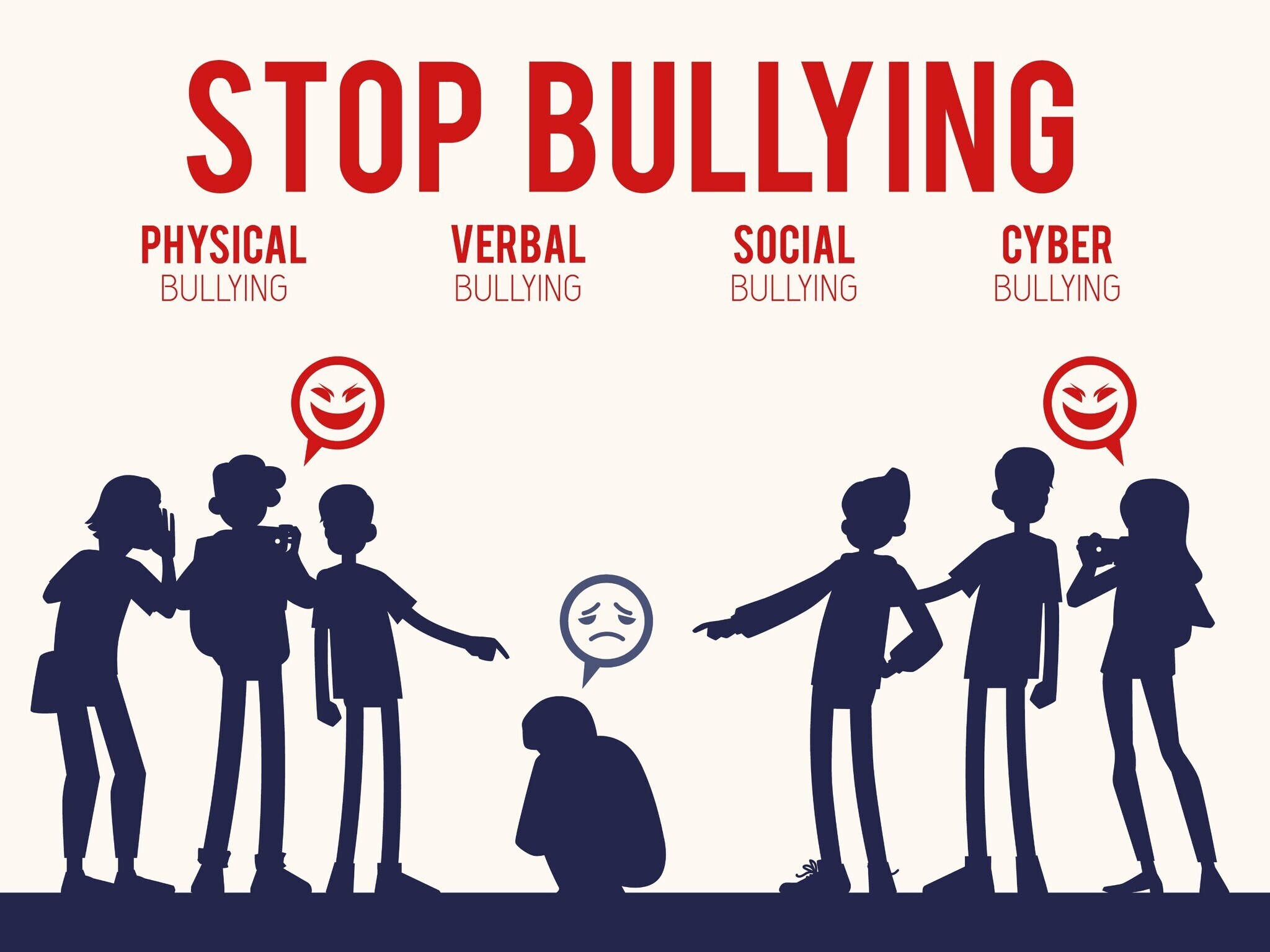Harrassment, Intimidation & Bullying
 The Board of Education prohibits acts of harassment, intimidation, or bullying of a student. A safe and civil environment in school is necessary for students to learn and achieve high academic standards. Harassment, intimidation, or bullying, like other disruptive or violent behaviors, is conduct that disrupts both a student’s ability to learn and a school’s ability to educate its students in a safe and disciplined environment. Harassment, intimidation, or bullying is unwanted, aggressive behavior that may involve a real or perceived power imbalance. Since students learn by example, school administrators, faculty, staff and volunteers should be commended for demonstrating appropriate behavior, treating others with civility and respect, and refusing to tolerate harassment, intimidation, or bullying.
The Board of Education prohibits acts of harassment, intimidation, or bullying of a student. A safe and civil environment in school is necessary for students to learn and achieve high academic standards. Harassment, intimidation, or bullying, like other disruptive or violent behaviors, is conduct that disrupts both a student’s ability to learn and a school’s ability to educate its students in a safe and disciplined environment. Harassment, intimidation, or bullying is unwanted, aggressive behavior that may involve a real or perceived power imbalance. Since students learn by example, school administrators, faculty, staff and volunteers should be commended for demonstrating appropriate behavior, treating others with civility and respect, and refusing to tolerate harassment, intimidation, or bullying.
Bullying, harassment, or intimidation means intentional conduct, including verbal, physical, or written conduct or an intentional electronic communication that creates a hostile educational environment by substantially interfering with a student's educational benefits, opportunities, or performance, or with a student's physical or psychological well-being and is:
- Motivated by an actual or a perceived personal characteristic including race, national origin, marital status, sex, sexual orientation, gender identity, religion, ancestry, physical attributes, socioeconomic status, familial status, or physical or mental disability; or,
- Threatening or seriously intimidating; and,
- Occurs on school property, at a school activity or event, or on a school bus; or,
- Substantially disrupts the orderly operation of a school.
"Electronic communication" means a communication transmitted by means of an electronic device, including a telephone, cellular phone, computer, or pager.
Helpful Links
- NJ Department of Education - Harassment, Intimidation and Bullying (HIB) Website
https://www.state.nj.us/education/students/safety/behavior/hib/
Available Resources for Download
Anti-Bullying Coordinator
Anti-Bullying Specialist
NJ DOE HIB Contacts






